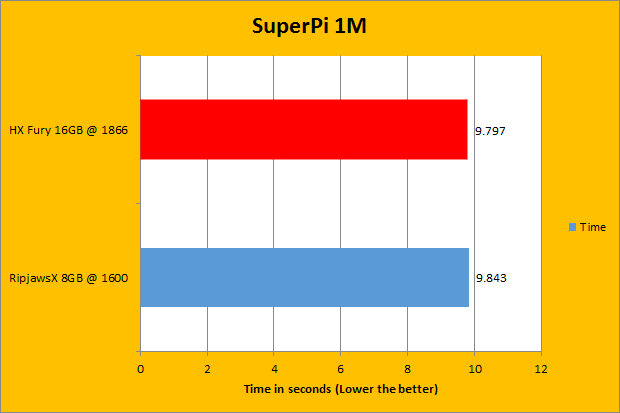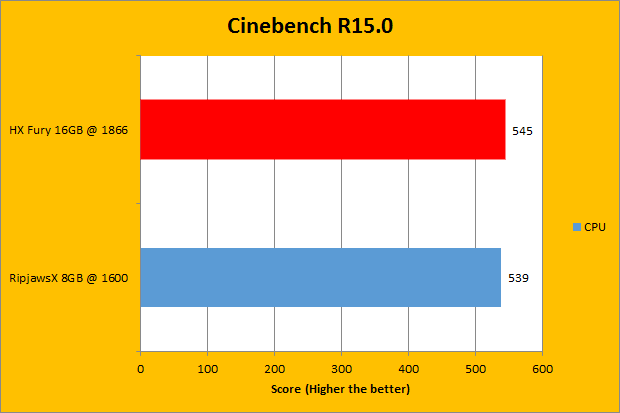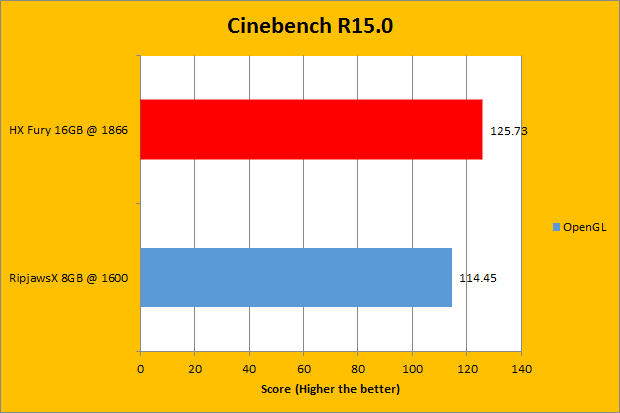Page 9 - Benchmark: SuperPI 1M, Cinebench R15
About SuperPI
Super PI is a computer program that calculates pi to a specified number of digits after the decimal point - up to a maximum of 32 million. It uses Gauss-Legendre algorithm and is a Windows port of the program used by Yasumasa Kanada in 1995 to compute Pi to 2^32 digits.
Super Pi is used by many overclockers to test the performance and stability of their computers. In the overclocking community, the standard program provides a benchmark for enthusiasts to compare "world record" pi calculation times and demonstrate their overclocking abilities. The program can also be used to test the stability of a certain overclock speed. If a computer is able to calculate PI to the 32 millionth place after the decimal without mistake, it is considered to be moderately stable in terms of RAM and CPU. However, longer tests with other CPU/RAM intensive calculation programs will run for hours instead of minutes and may better stress system stability. While Super Pi is not the fastest program for calculating Pi, it remains very popular in the hardware and overclocking communities.
From: Wikipedia (January 22, 2011)

Running SuperPi has always been included as part of our benchmark suite as it provides a quick and easy way that is also quite interesting. As you can see in the graphs, the results are still quite close, with the difference being about forty-six thousandths of a second. The HyperX Fury though still comes out on top.
About Cinebench R15
CINEBENCH is a real-world cross platform test suite that evaluates your computer's performance capabilities. CINEBENCH is based on MAXON's award-winning animation software CINEMA 4D, which is used extensively by studios and production houses worldwide for 3D content creation. MAXON software has been used in blockbuster movies such as Iron Man 3, Oblivion, Life of Pi or Prometheus and many more.
CINEBENCH is the perfect tool to compare CPU and graphics performance across various systems and platforms (Windows and OS X). And best of all: It's completely free.
From: Developer's Page


The latest iteration of the Cinebench R15 was released in September 2013, and has been always split into two different tests. One tests the CPU image rendering performance, while the other benchmarks the OpenGL video rendering performance. Of course, the main contributors to the scores produced is from the processor and the video card, but the RAM does still add to these results. As you can see in the results above, the graphs are both close, especially in the CPU tests. The OpenGL produces a larger difference of ten percent between the Ripjaws-X and the HyperX Fury.
Page Index
1. Introduction, Packaging, Specifications
2. A Closer Look, Installation, Test System
3. Benchmark: AIDA64 CPU
4. Benchmark: AIDA64 FPU
5. Benchmark: AIDA64 Memory
6. Benchmark: PCMark 8
7. Benchmark: 3DMark
8. Benchmark: PassMark PerformanceTest 8.0
9. Benchmark: SuperPI 1M, Cinebench R15
10. Overclocking and Conclusion





